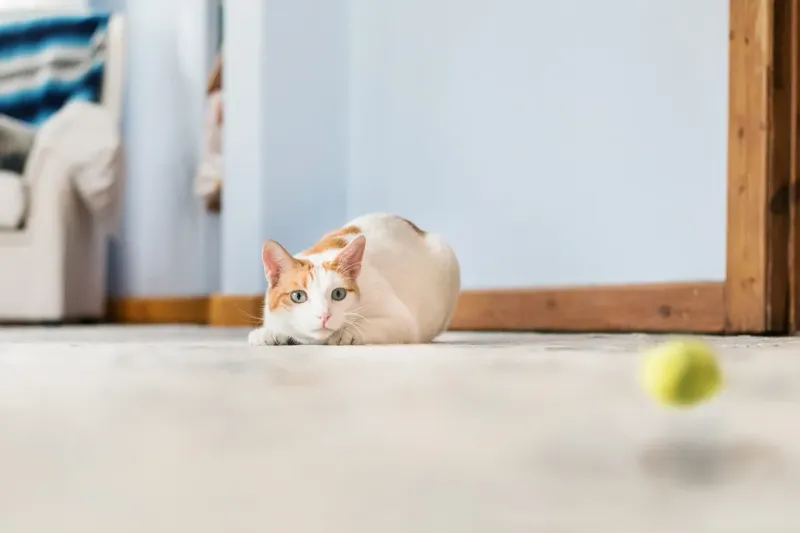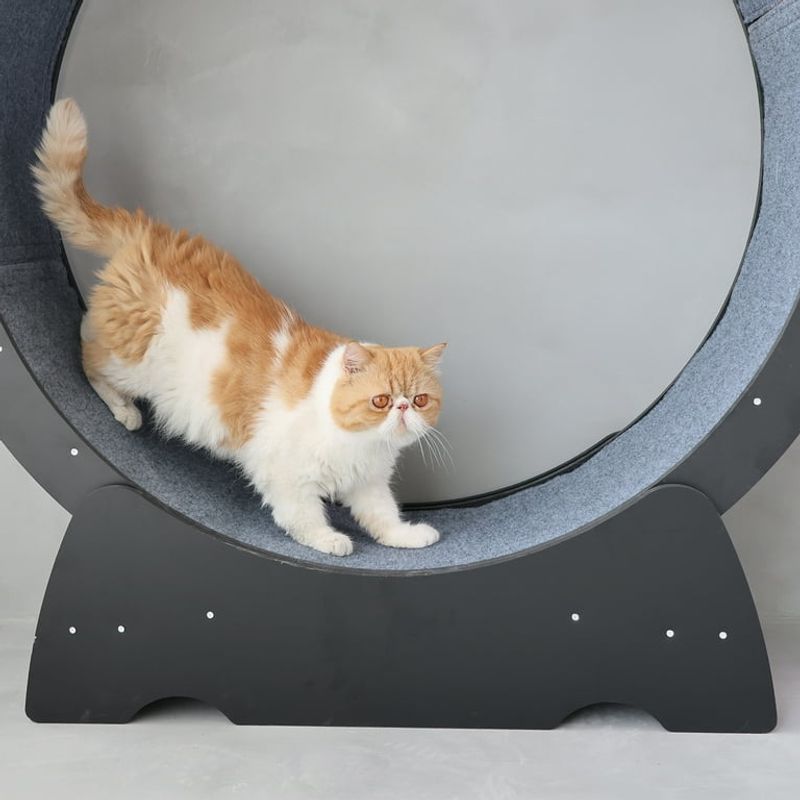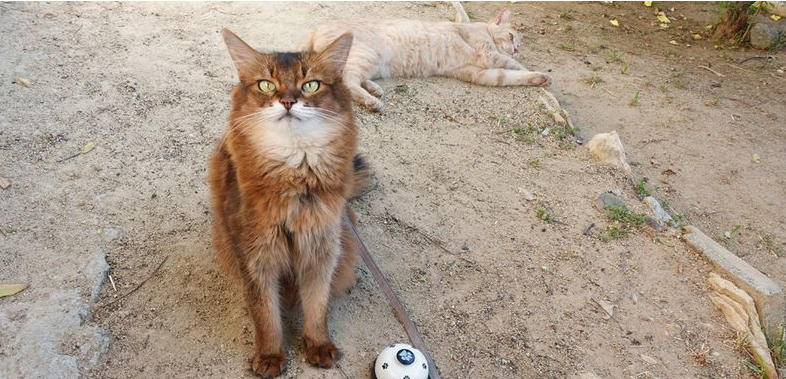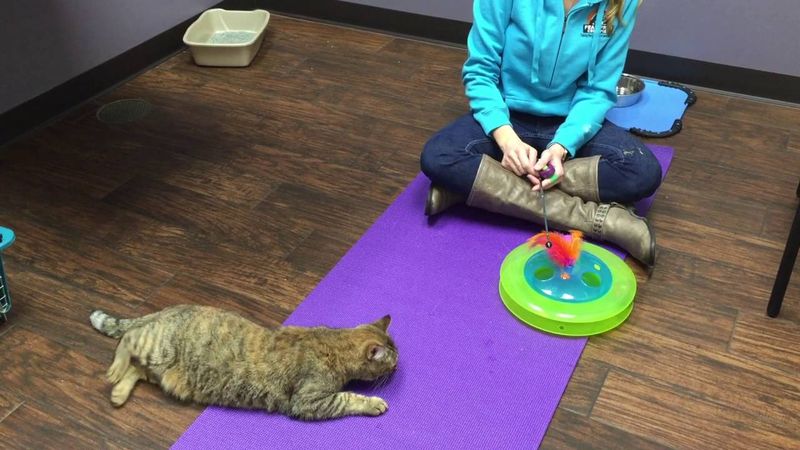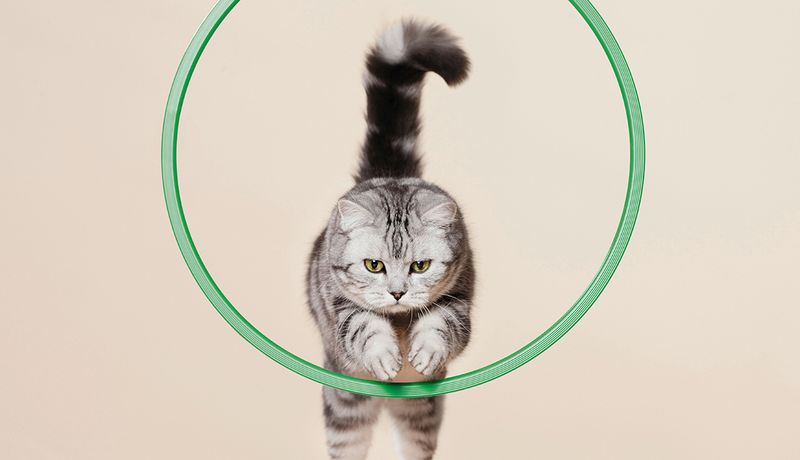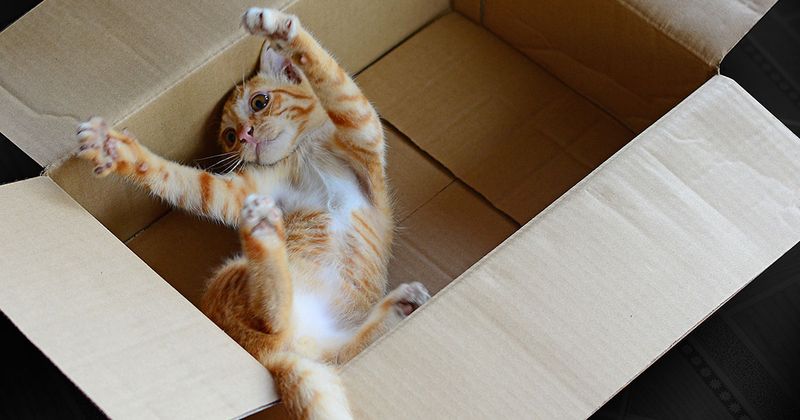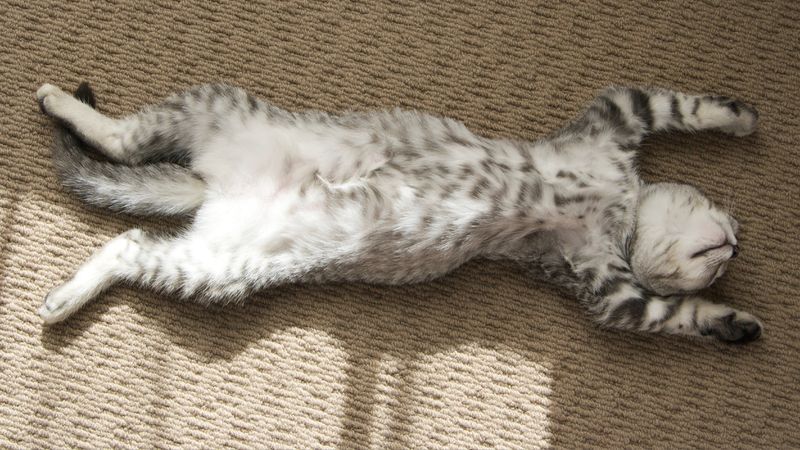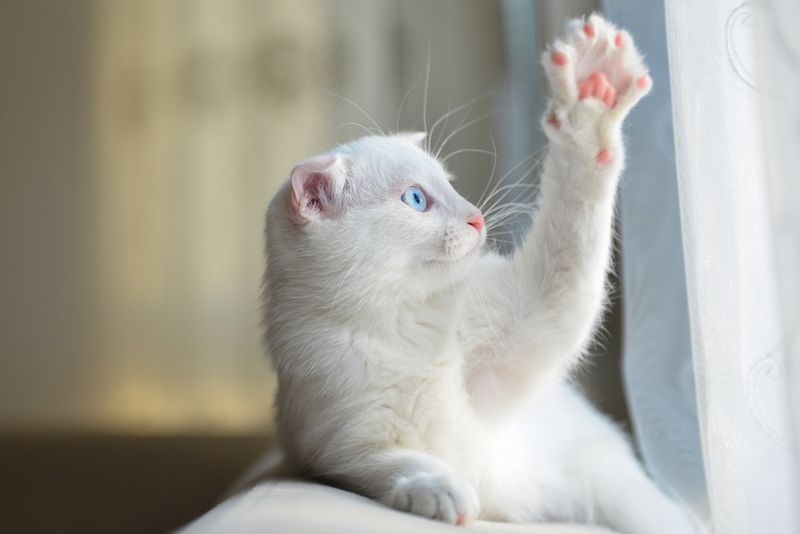📖 Table of Content:
Cats are celebrated for their independence and mysterious charm, but they’re also surprisingly trainable. With the right techniques and a bit of patience, your playful feline can learn an impressive array of tricks that go far beyond the basics. Training not only stimulates your cat’s mind, but it also strengthens the bond between you and your whiskered companion, making playtime more rewarding for both.
Unlike dogs, cats respond best to training when it’s rooted in their natural curiosity and desire for treats or attention. This means your approach must be calm, consistent, and filled with positive reinforcement. While some may think of cats as aloof or stubborn, the reality is they can thrive in a learning environment when engaged properly and on their own terms.
The tricks below are not only delightful party tricks but also great mental and physical exercise for your cat. Whether you’re training a curious kitten or a more mature mouser, these activities can add variety and enrichment to their daily routine. Let’s dive into some unexpected yet totally achievable feats your cat can master with a little guidance from you.
1. High Five
Teaching your cat to high five starts with rewarding simple paw lifts. As you hold a treat just above your cat’s head, they may instinctively reach out to touch your hand. That’s your cue to mark the action with a click or a cheer, then immediately offer the treat. Repetition helps shape this instinctual gesture into a deliberate one, gradually building a reliable high five. Over time, introduce a verbal cue like “high five” just before they raise their paw. Practice consistently each day in short, upbeat sessions. Eventually, your cat will eagerly slap your palm with confidence and a hint of flair.
2. Fetch
Surprisingly, some cats naturally chase and retrieve toys when they’re in a playful mood. Start with a lightweight toy your cat loves and toss it a short distance away. Once your cat grabs it, encourage them to return by offering a treat or calling them enthusiastically. If they drop it near you, reward the behavior right away to reinforce the action. It might take several sessions for the behavior to stick, but persistence is key. Gradually increase the distance of the throw as your cat gets the hang of it. Before long, your feline might rival the neighborhood dog in fetching skills.
3. Sit
Sitting on command is a fundamental trick that introduces your cat to basic obedience. Begin by holding a treat just above their head, slightly back, which naturally guides them into a seated position. The moment their bottom hits the ground, mark the action with a click or verbal cue like “yes!” and reward them. Repeat this several times to reinforce the motion with the cue word “sit.” Consistency is crucial, so practice during times when your cat is already calm or focused. You’ll notice over time that they begin to anticipate the command and offer the behavior voluntarily. This simple skill can also help manage hyperactivity or excitement during feeding or playtime.
4. Spin
Spinning in a circle might seem advanced, but it’s surprisingly intuitive when broken into small steps. Lure your cat in a circle using a treat held close to their nose. As they follow the arc of your hand, encourage them with a cheerful tone and click once the spin is complete. Over time, pair this motion with a cue like “spin” so they start to associate the word with the movement. Some cats may respond better to clockwise over counterclockwise directions, so feel free to experiment. If your cat loses interest, take a break and try again later with a fresh treat or toy. Keep sessions fun and light-hearted to maintain your cat’s enthusiasm.
5. Ring a Bell
Imagine your cat learning to ring a bell for food or attention—it’s both cute and practical. Begin by placing a bell at paw level and rewarding any interaction with it, no matter how slight. Gradually shape the behavior by only rewarding touches that produce a sound. Reinforce this with a cue like “bell” each time they succeed. Soon, your cat will learn that ringing the bell earns them a treat or affection. This trick can also be used to create communication routines around mealtime. It’s a charming way to tap into your cat’s desire to manipulate their environment for rewards.
6. Target Touch
Establishing a target touch creates a foundation for more complex behaviors. Use a chopstick or your finger as the target, rewarding your cat whenever they touch it with their nose. Begin by holding it close to their face and marking the contact with a click or treat. As they understand the goal, start moving the target slightly farther away. This teaches them to follow the target and focus their energy in a directed way. You can then use the target to lead them through tunnels, onto shelves, or around obstacles. It’s a powerful tool for both training and agility work.
7. Jump Through a Hoop
Coaxing your cat through a hoop may feel like circus-level training, but it’s actually a gradual process. Start by placing the hoop on the ground and enticing them through with a treat. Each time they walk through, reward them and repeat until it becomes second nature. Slowly raise the hoop in small increments, maintaining the same encouragement and reward system. Once they associate the hoop with a treat and praise, the jumping behavior develops naturally. Adding a cue like “jump” can further reinforce the trick. Over time, you’ll be able to create fun routines or obstacle courses.
8. Go to a Spot
Designating a special mat or box as your cat’s “spot” can be incredibly helpful. Begin by placing the target spot in a quiet area and guiding your cat to it with a treat. When all four paws are on the object, give them a reward and offer praise. Practice this often until they start to associate the spot with comfort and reward. Introduce a cue like “place” to build verbal recognition. This trick is especially useful during meals or when visitors arrive. It promotes calm behavior and gives your cat a sense of purpose. You might find they start going to their spot voluntarily.
9. Play Dead
Playing dead is a fun and dramatic trick that adds a touch of theatrics to your cat’s repertoire. Lure your cat into lying on their side by moving a treat slowly from their nose to the floor. Once they flop over, mark the behavior and reward generously. Introduce a phrase like “bang” or “sleep” as they settle into the position. You can shape this into a longer stay by waiting a few seconds before rewarding. Repeat this regularly until they learn to hold the pose for longer. It may take patience, but the result is well worth the effort. Your guests will be thoroughly impressed.
10. Wave
Teaching your cat to wave builds on paw-based tricks like high five but takes it a step further. Begin by encouraging them to lift their paw slightly with a treat, then reward for higher motions. Don’t allow them to make contact—just air lifts or swipes. Over time, hold the treat a little farther out to shape the wave gesture. Use a cue like “wave” or “bye” to add clarity and consistency. Celebrate each attempt with enthusiasm, even if it’s not perfect. With repetition, your cat will lift their paw with a charming flourish, waving hello or goodbye like a little furry diplomat.


